I’m one of the people who loves winter camping, and I usually try to spend most of the year outdoors. I love this particular time of year because the unpredictable weather conditions discourage others from venturing out. However, exploring the wilderness in adverse weather conditions requires some thoughtful preparation and a touch of determination, but I honestly believe it’s well worth it.
Wear and pack the right clothing
Staying warm in the cold starts with your clothing choices, and making the wrong ones can not only jeopardize your outdoor adventure but also pose risks to your safety. To tackle the cold, it’s essential to employ a clothing “system” made up of various layers. This system allows you to customize your clothing to suit the weather conditions and adjust it as your activity level changes.
It’s much more adaptable than relying on a single heavy jacket, which can be too hot and cumbersome in all but the most frigid temperatures. For optimal results, pick quality wool or synthetic materials in your clothing. These materials provide excellent warmth relative to their weight, wick moisture away from your body, and dry quickly, making them far superior to cotton. In fact, cotton is best left at home, so avoid it during the cold, wet months.
Here’s a breakdown of the layers your clothing system should include:
Base Layer: Start with a lightweight shirt and bottoms as your base layer against your skin. This layer effectively wicks away perspiration.
Midweight Layer: Add a midweight shirt that not only offers warmth but can also be worn as an outer layer as the day warms up.
Insulation Layer: Use an insulation layer during inactive periods, like when sitting and enjoying the scenary or when the temperature drops. This layer can also serve as sleepwear. Synthetic insulation is generally the better choice, as it retains warmth even when wet, unlike down insulation, which loses its effectiveness when damp.
Outer Shell: Your outermost layer should be a shell that blocks the wind and repels water. Adjust your layers as needed to prevent overheating and minimize perspiration, depending on your activity level.
Keeping your head, hands, and feet warm in cold weather can be particularly challenging, as these areas are the most difficult to warm up once they get cold. Here are some tips for each:
Head and Neck: A good hat or beanie, along with a neck gaiter, will help retain heat and prevent excessive heat loss from your head. I usually remove my beanie every now and then since it helps regulate my body temperature without the need to shed layers.
Hands: Wear thin-liner gloves to shield your skin from the cold when you need dexterity. Combine them with thicker insulated gloves to keep your hands dry and warm. Moving your fingers, tucking your hands into your pockets, or under your arms can help ward off the chill. In extremely cold conditions, thick mittens, though less dexterous, can keep your hands warm by sharing body heat.
Feet: Keeping your feet warm can be tricky. While it may seem logical to wear extra wool socks and heavily insulated boots, this often results in sweaty feet, which get cold more easily. For active endeavors, a single pair of medium-weight socks, combined with quality boots, is usually the best choice. Gaiters can serve as barriers against snow and debris, keep your pant legs dry, and add some warmth to your feet by trapping warm air and blocking the wind.
My clothing setup for winter activities
Tops choices:
For the base layer, I go with a lightweight Merino long-sleeved shirt.
The mid-layer is usually a midweight ¼-zip pullover.
For the insulation layer, I’ve chosen a full-zip jacket filled with Primaloft insulation. This design allows for effortless wearing and removal of the jacket. In milder weather, you can even use a vest with the same insulation on its own during the early part of the season. However, for colder outings, it’s a good idea to bring both the jacket and vest with you. Together, they make a versatile combination that’s well-suited to handle a wide range of conditions.
For the shell, pretty much any waterproof rain jacket will do.
Bottoms choices:
For the base layer, I usually go with light Merino bottoms.
The mid-layer choice consists of a pair of midweight pants that provide enough warmth if I pair them with a pair of rain pants.
Regarding the insulation layer, I usually go without it since I’m constantly moving and doing something. If I need to warm my legs, I climb into my sleeping bag.
For the shell, I always go with waterproof rain pants.
Proper Hydration and nutrition are crucial during winter outings
Ensuring you stay well-nourished and properly hydrated is crucial for maintaining your energy, especially when the weather turns bad. A hearty, warm meal not only fills your belly but also revs up your metabolism, essentially keeping you warm from the inside out for hours after you’ve eaten.
Staying hydrated in the cold can be tricky because you might not realize how much water you’re losing through sweat. Moreover, preventing your water from freezing can be quite a challenge. Few people realize that dehydration becomes a concern in winter, just as it is in summer. Your body will not function properly, and your metabolism will be sluggish if you don’t drink plenty of water. I usually drink more than 100 ounces of water per day, especially if I’m also consuming alcohol or caffeinated drinks.
Whenever possible, you should consume liquids that are above your body’s temperature since this will make its job easier and it will save the energy needed to warm the liquids during digestion. I do enjoy drinking hot tea or coffee, but I usually prepare hot chocolate using a recipe of mine for cold weather. I prepare a cup of hot chocolate; I add a teaspoon (or lump) of coconut butter, and I also add a pinch of chilly powder. The coconut butter provides additional nutrition, and the chilly powder makes the blood move.
If you like to enjoy the occasional coffee more than once a day or a glass of whiskey every now and then, like I do, make sure you drink plenty of water, even if you don’t feel thirsty. Your metabolism will work overtime to decompose the coffee and alcohol, and not only will it consume energy to do this, but it will also deplete your water level, and you need to replenish the loss.
I always take the time to enjoy a warm meal and a hot drink since it boosts my morale while enjoying the winter scenery and also motivates me to carry on with whatever I’m doing.
Sheltering yourself from the elements and getting some well-deserved sleep
When you’re getting ready for extended outings during the colder months, a little extra preparation can go a long way. I usually carry a few additional comforts, despite the added weight and minor inconvenience, because they can significantly enhance my outdoor experience.
During this time of year, having the means to warm your shelter, dry your damp gear, and stay comfortable during the chilly mornings is almost essential. There are a few options available to warm your tent, and it should go without saying that the tent you bring along should be rated for the season. I also recommend testing your tent before going into the wilderness to see if it provides much-needed protection against the elements.
If you’re a fit person and carry most of your gear on your back, I highly recommend a lightweight, collapsible wood-burning stove. I’ve used such a stove in conjunction with various tents, and the warmth and comfort it provides is amazing.
For the folks who like to camp in the vicinity of their vehicles, there are various small propane haters they can use. I’ve seen folks use propane lanterns to warm their tents. However, if you prefer these methods to make your shelter cozier, I advise against running them all night due to carbon monoxide buildup. Also these warming systems can also cause condensation, and you will have to deal with this problem sooner than later.
Those who spend time outdoors during the colder months know that the cold temperature will reveal weaknesses in their camping plans, especially when it comes to sleeping setups. Getting a good night’s sleep is essential in the wilderness because it helps you maintain a high morale, and it also recharges your batteries to complete the various tasks ahead. I can tell you from experience that having an inflatable sleeping pad is a must. I have a 3-inch thick one, and I made sure it has a R-value (thermal resistance rating) of 6. I recommend not going any lower than 5 when picking a sleeping pad.
For freezing nights, I also put a layer beneath my sleeping pad, and in the past, I used pine boughs for insulation. To save some time and make my job easier, I now bring along a closed-cell foam pad that provides adequate insulation against the cold ground.
Regarding the sleeping bag, always pick one with a rating lower than the expected low temperature in your area. The reasoning behind such a choice is that the rating of sleeping gear for the winter is based on the survival ratio and not the comfort level. Always pick gear with a lower rating when in doubt when it comes to your sleeping system.
Here are a few more tips to have an enjoyable winter outing
Kindle a small campfire to provide warmth during extended periods of outdoor activities or while field-dressing your game. Take breaks as often as the activity allows it, and warm your hands and fingers.
When utilizing a wood-burning stove, encircle it with rocks. These rocks will absorb heat as the stove burns and continue to radiate warmth, keeping your shelter comfortable long after the fire has gone out.
If you’re seeking a handy way to keep your extremities cozy, consider using chemical hand warmers. Placing one in each boot overnight can assist in drying them out, especially when accompanied by paper towels.
To get your blood circulating and warm up your core, do a set of jumping jacks or other physical exercise that pumps your blood. I’ve noticed this to be quite effective, and I highly recommend it.
If you’re not in the mood for exercising, drink a hot drink and add some chilly powder to it. This can be soup, warm milk, or hot chocolate. I’ve been doing this for years, and it helps warm my body.
Regarding drinking before bed, I advise you to have your last drink at least an hour prior to going to bed. Also, avoid too many liquids in the evening as you will wake up to pee in the middle of the night, and it may ruin your sleep.
Before turning in for the night, boil some water, pour it into a tightly sealed water bottle, and position it by your feet. This can keep your feet warm for a significant portion of the night, but ensure the bottle seals well to avoid any mishaps.
Wear a beanie when sleeping since it provides warmth and comfort. The beanie will prevent any heat loss, and your sleep will be much more enjoyable.

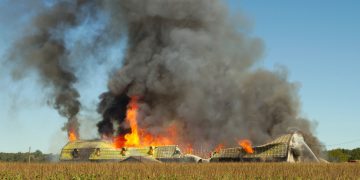
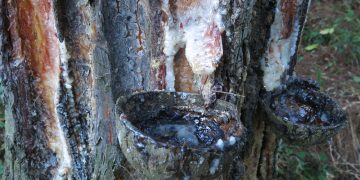


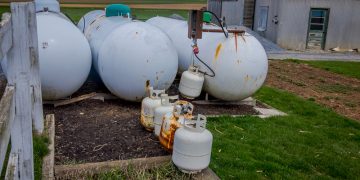
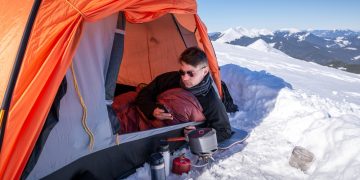

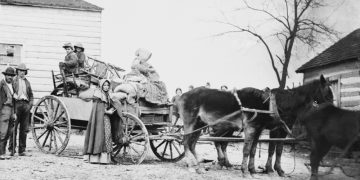

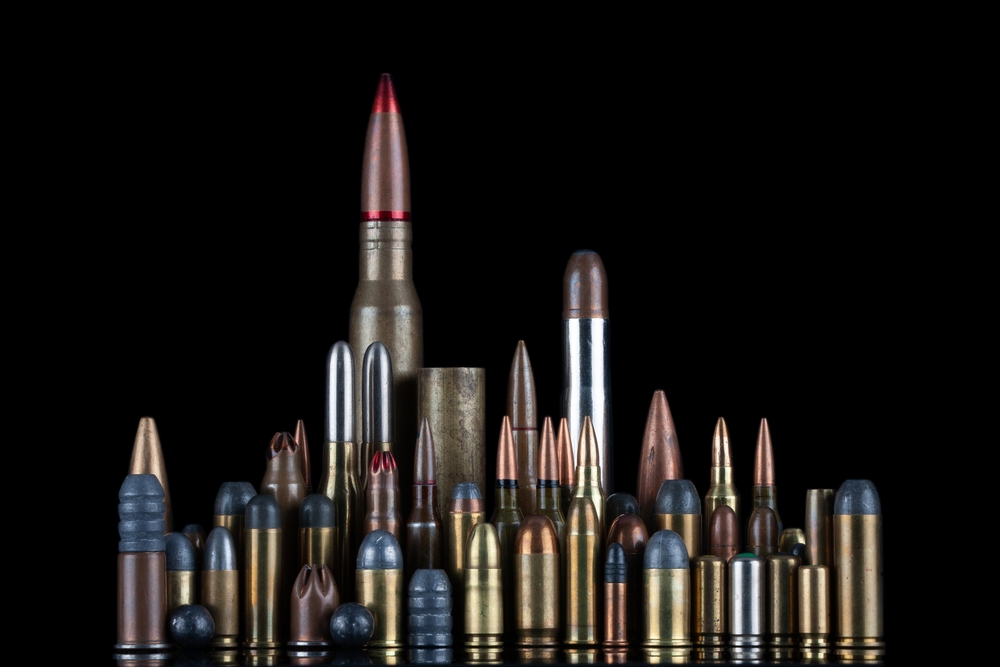



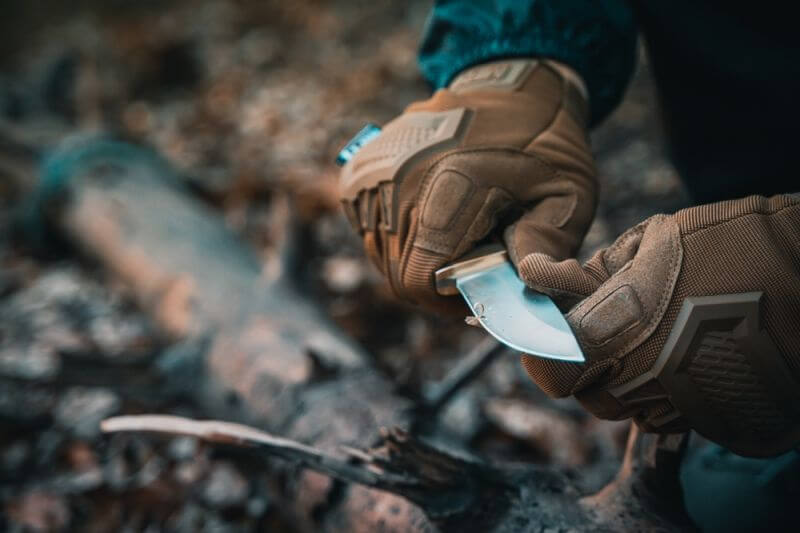
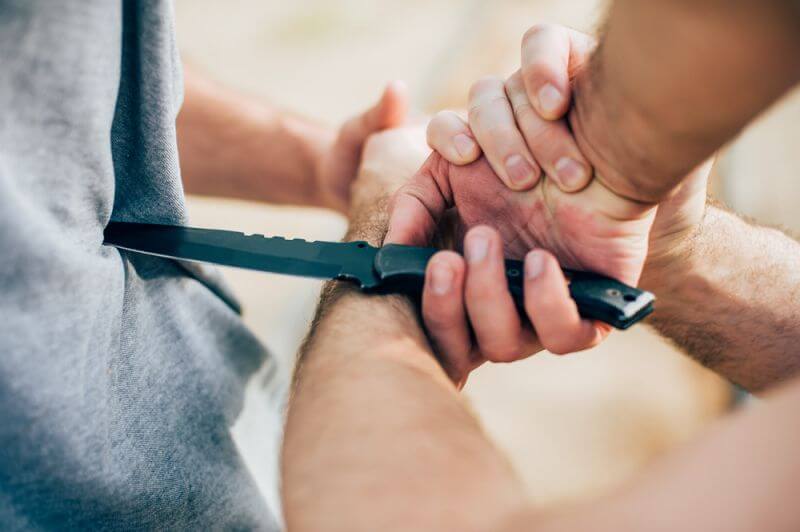
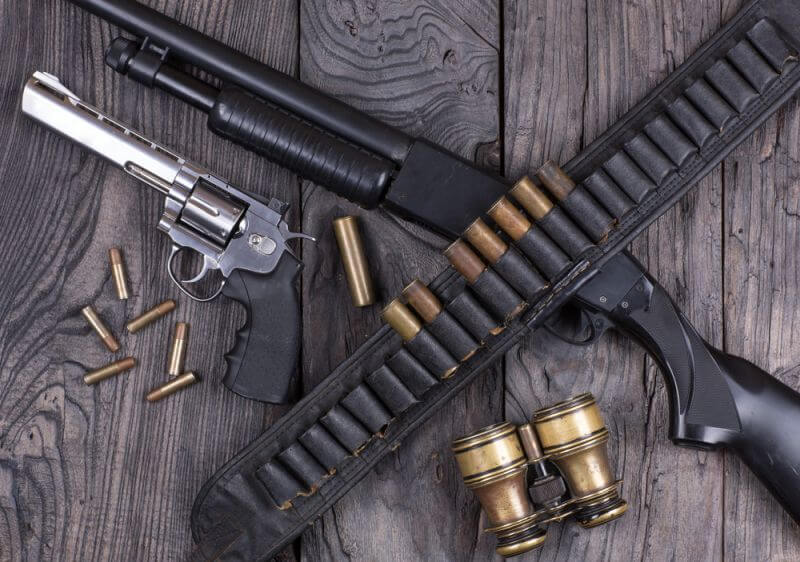
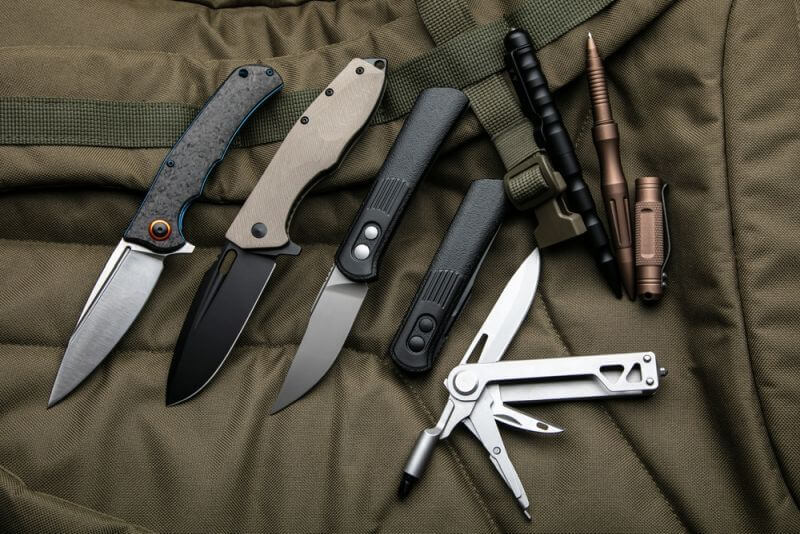
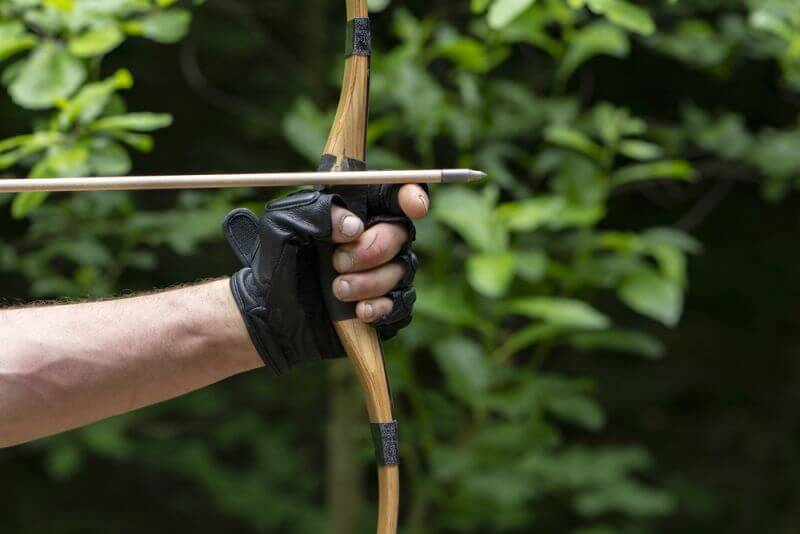
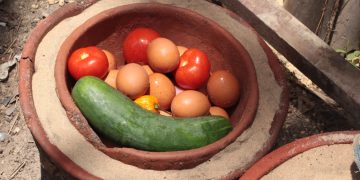


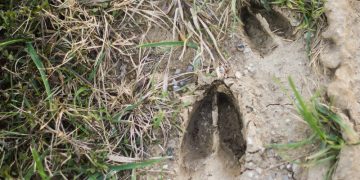



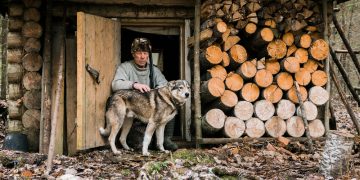


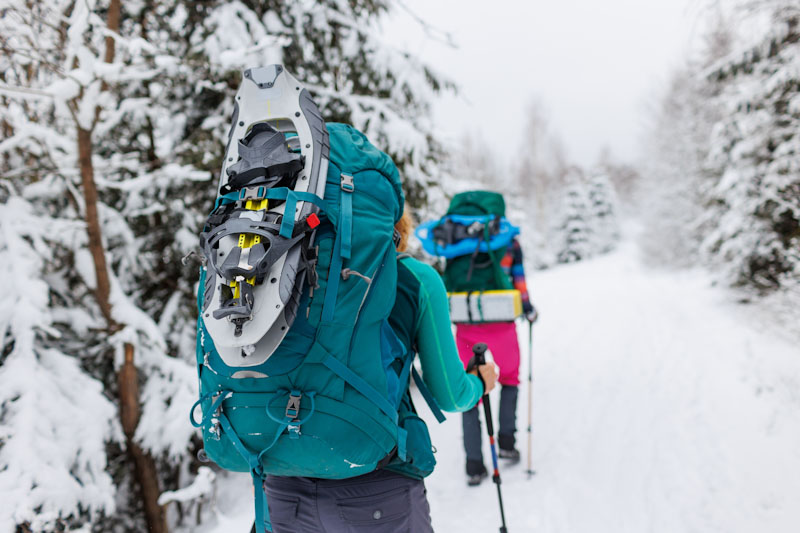



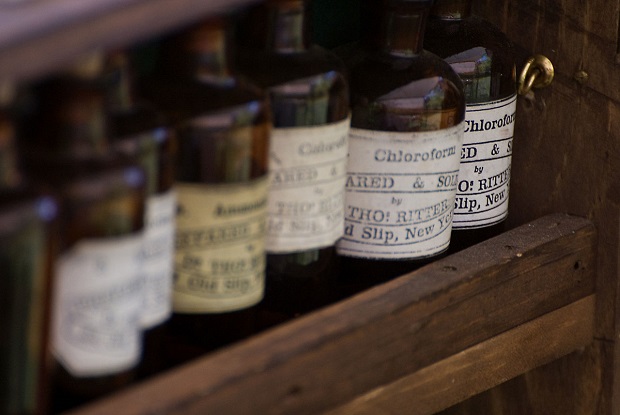
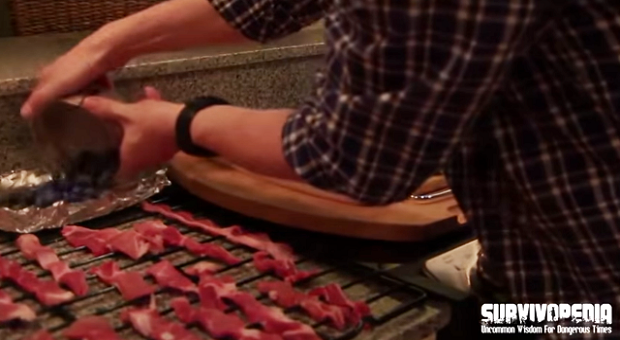



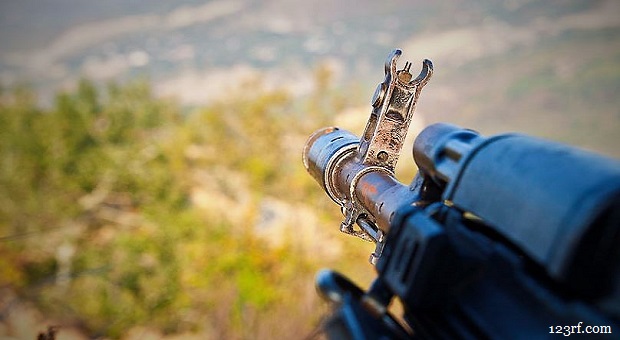
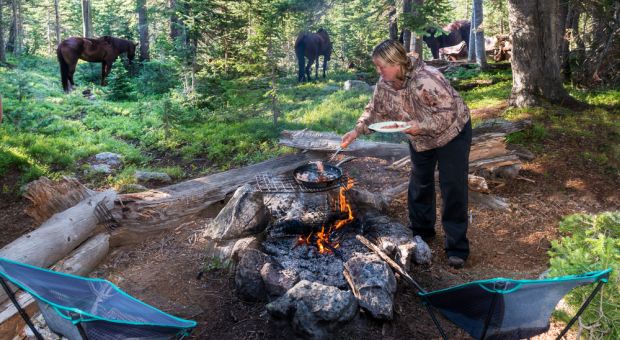
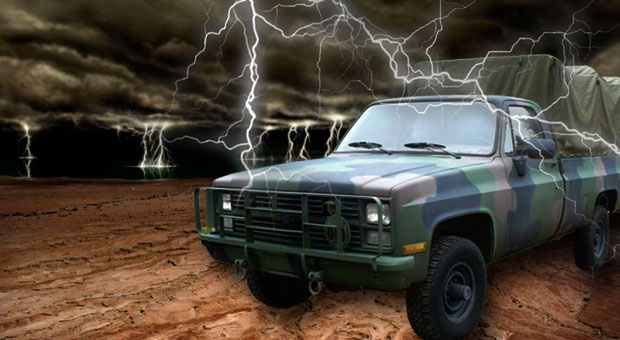
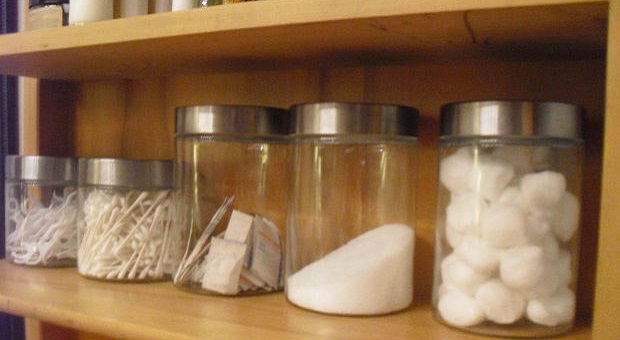
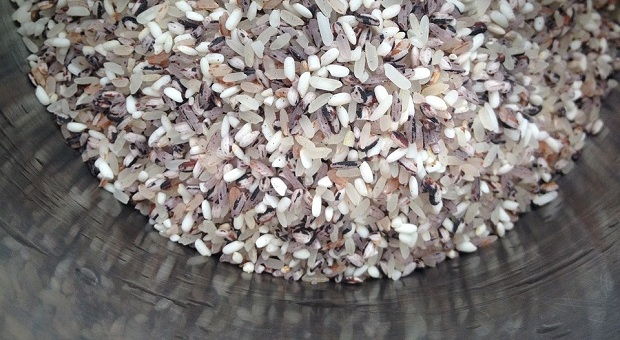







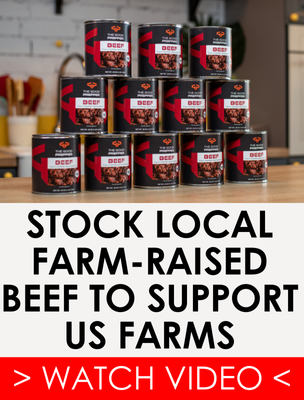
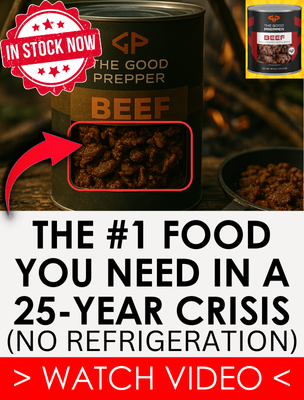









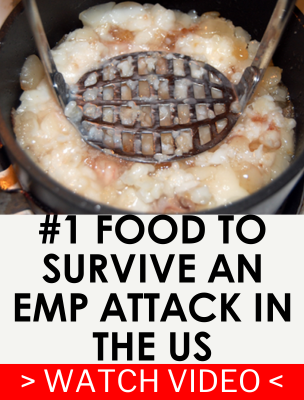











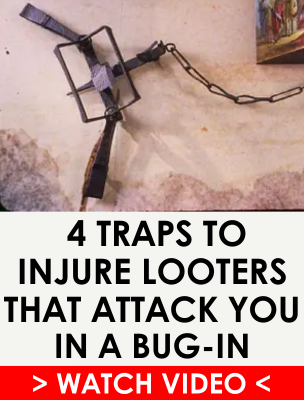

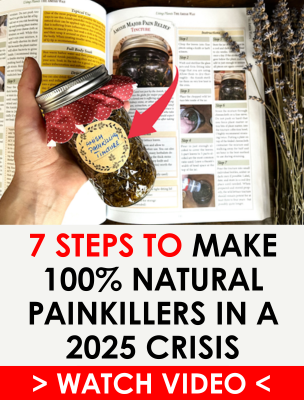


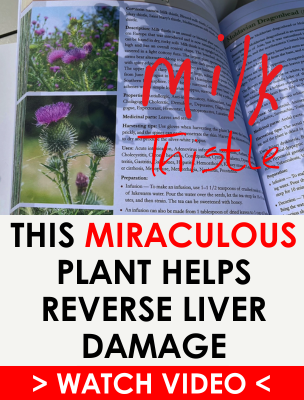



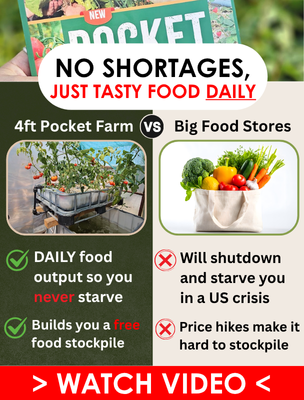


if you are Really cold and u dont have good warm insulation for your legs use sweat pants over your thermal pants (long johns),and then oversize blue jeans or whatever you have..
I used to work outside, year round. To keep my feet warm in extremely cold temperatures, I put a pinch of cayenne in the toes of my boots, not in my socks, my sister said it could burn my skin. When my feet sweat, the moisture activated the cayenne, warming my feet. People who aren’t moving their feet won’t activate the cayenne, To activate the cayenne you have to be moving your feet. My job only lasted a maximum of five hours, so I don’t know if you need to reapply the cayenne beyond the 5 hour time line that I used it, per day.